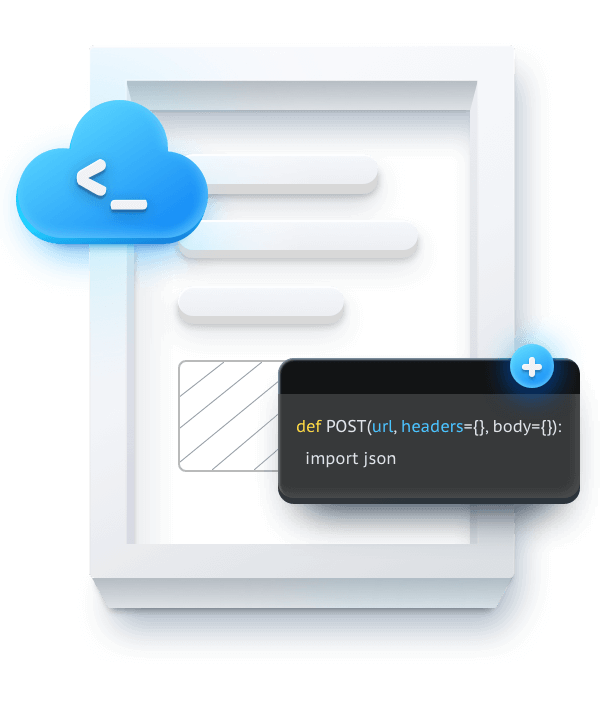Index
TuyaOS Development
Built on top of the RTOS, Linux, and Non-OS, TuyaOS is a distributed and platform-agnostic IoT operating system. Backed by the TuyaOS kernel and various development components, TuyaOS is designed to tackle the heterogeneity of platforms, systems, protocols, and applications in order to enable quick and reliable integration, interconnection, interoperability, and compliance. The tiered and plug-and-play architecture design allows you to quickly tailor a development framework based on your hardware resources and use cases hence reducing the cost of development with high cost performance. Tuya’s proprietary things data model and software bus allow all TuyaOS-based products to be interconnected.
Resources
 Tuya Wind IDE
Tuya Wind IDE TuyaOS EasyGo
TuyaOS EasyGo Development Board
Development Board






